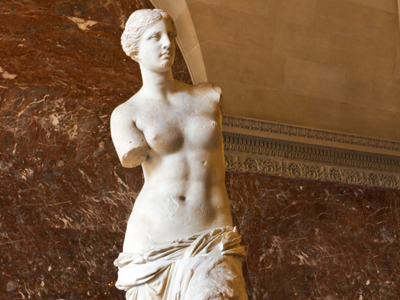
Ancient Greek and Roman Art
This quiz addresses the requirements of the National Curriculum KS3 in Art and Design for children aged 11 to 14 in years 7 to 9. Specifically this quiz is aimed at the section dealing with understanding art movements and their influence on the world, and it focusses in particular on Ancient Greek and Roman, or Classical Art.
In KS3 children will learn how to critically appraise historical works of art, as well as understand the influence ancient movements have had on art today.
The art of the ancient Greeks and Romans is called classical art. This name is also used to describe later periods in which artists looked for their inspiration to this ancient style. The Romans learned sculpture and painting largely from the Greeks and helped to transmit Greek art to later ages. Classical art owes its lasting influence to its simplicity and reasonableness, its humanity, and its sheer beauty.
Ready for more?
not all...
quizzers. Try to win a coveted spot on our Hall of Fame Page.







